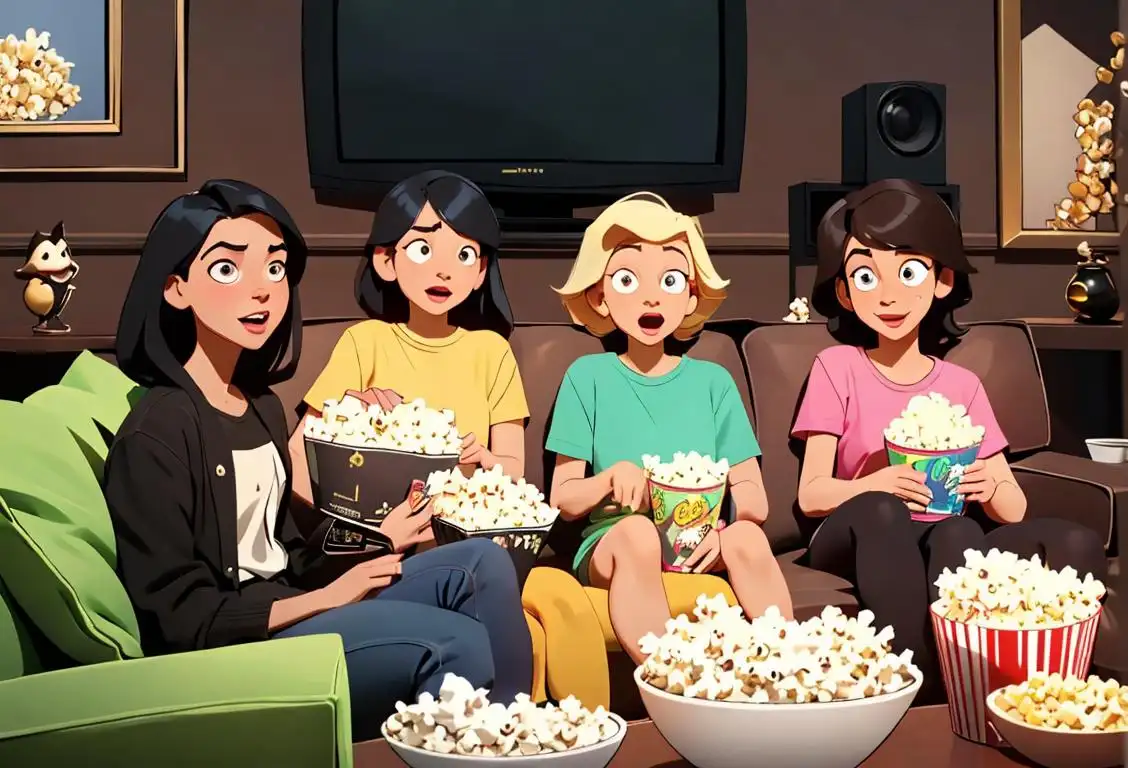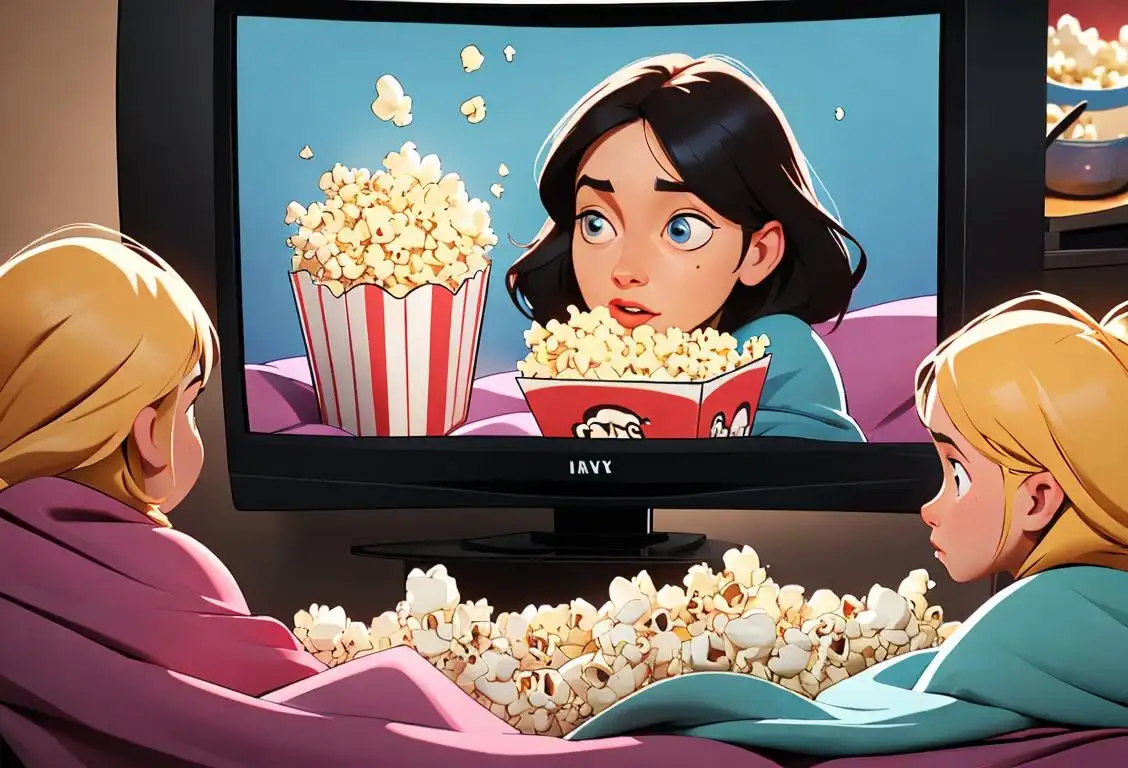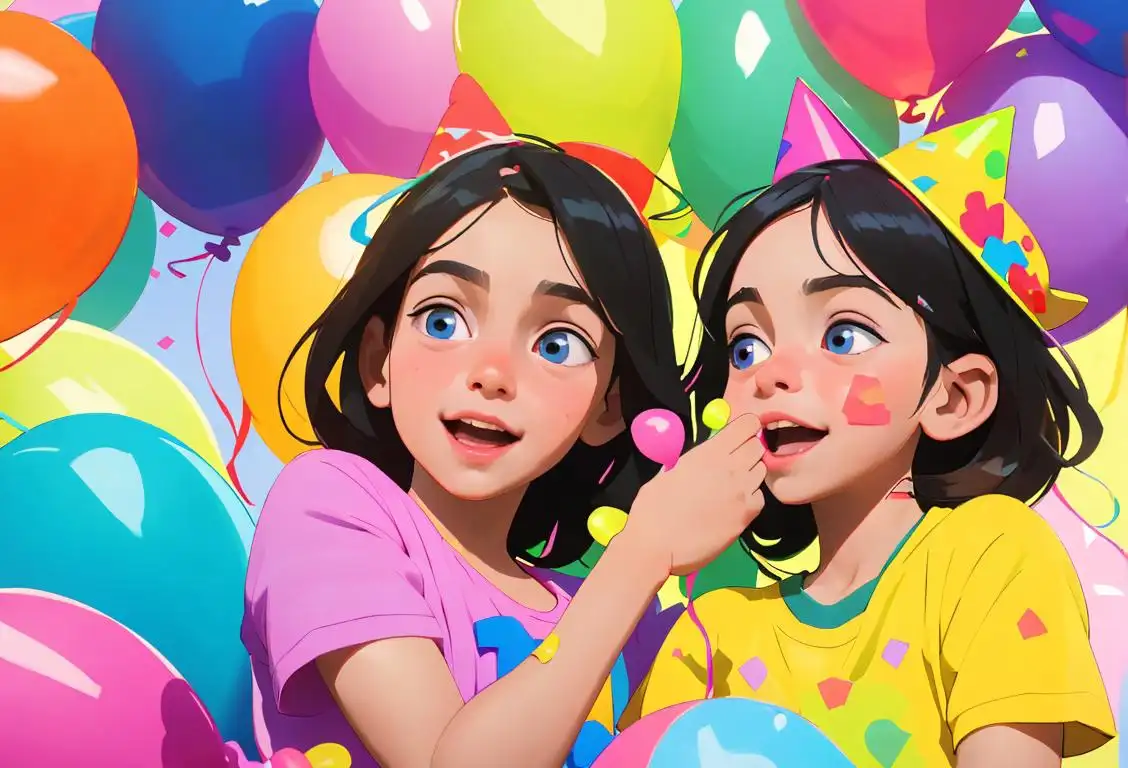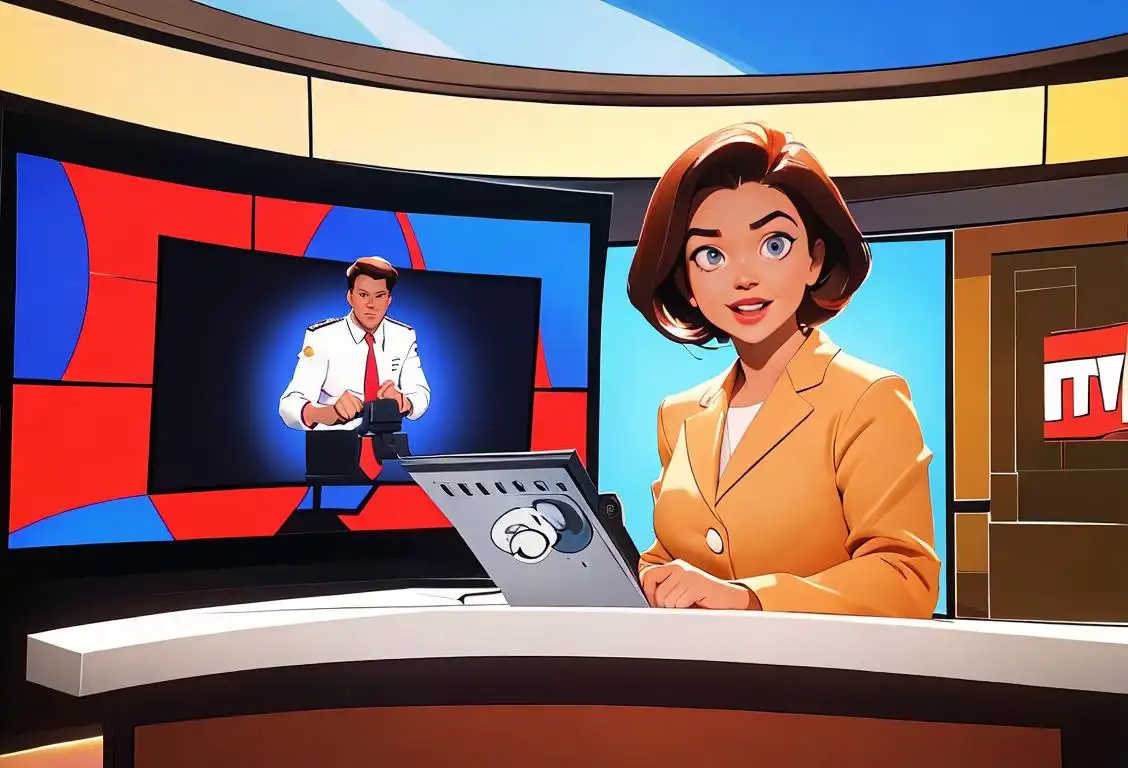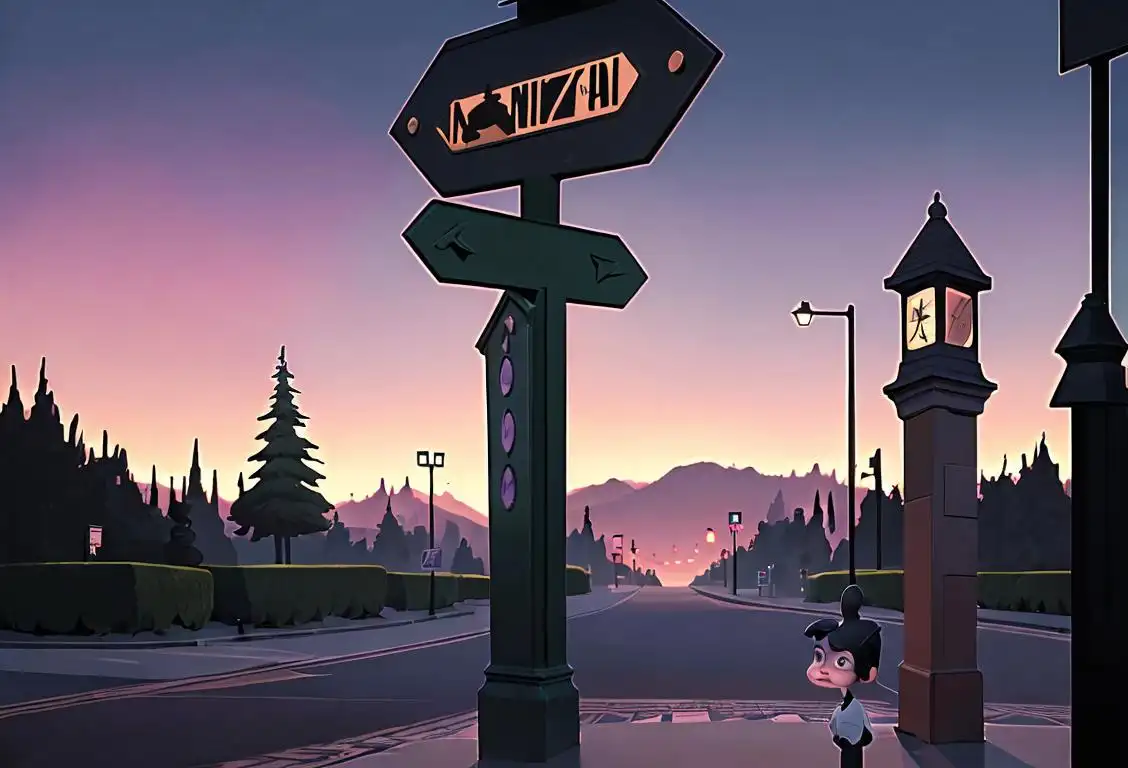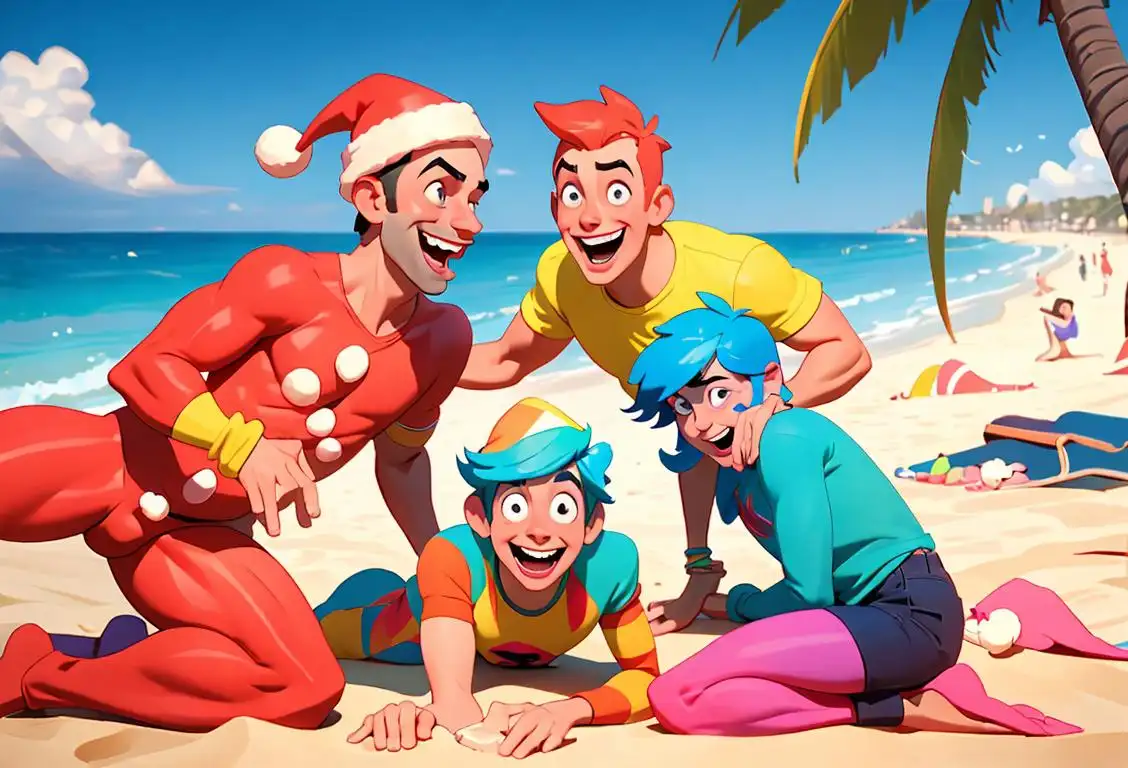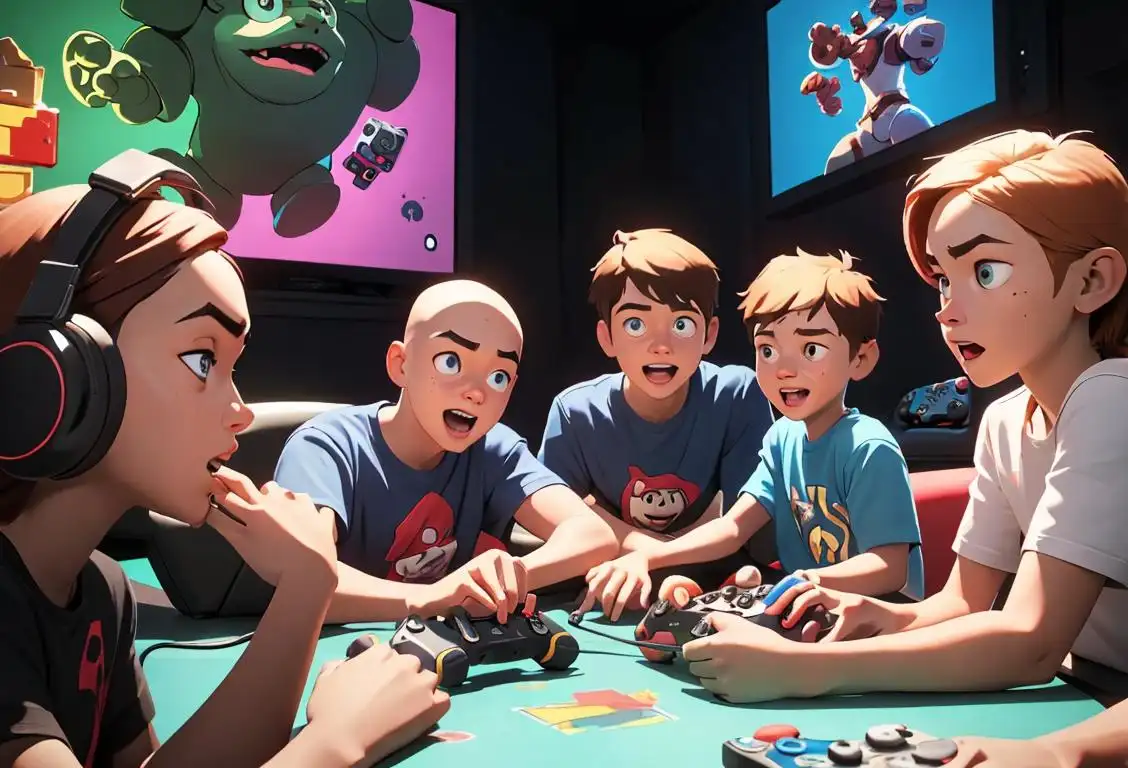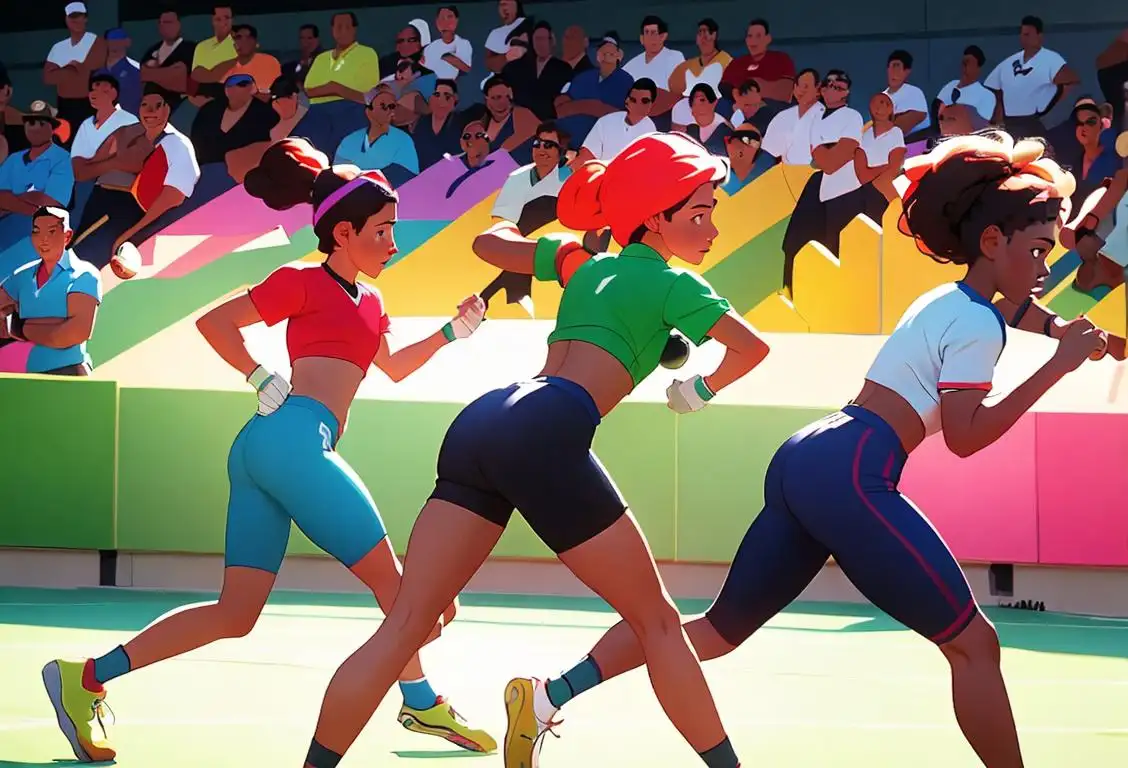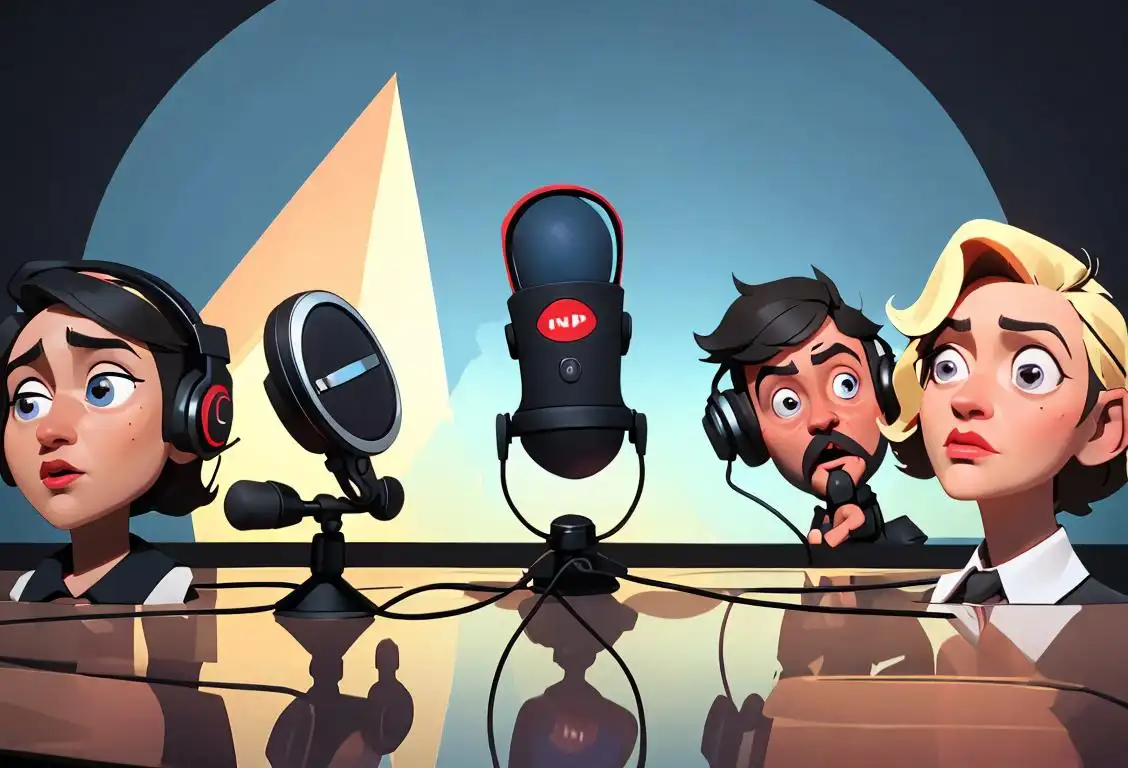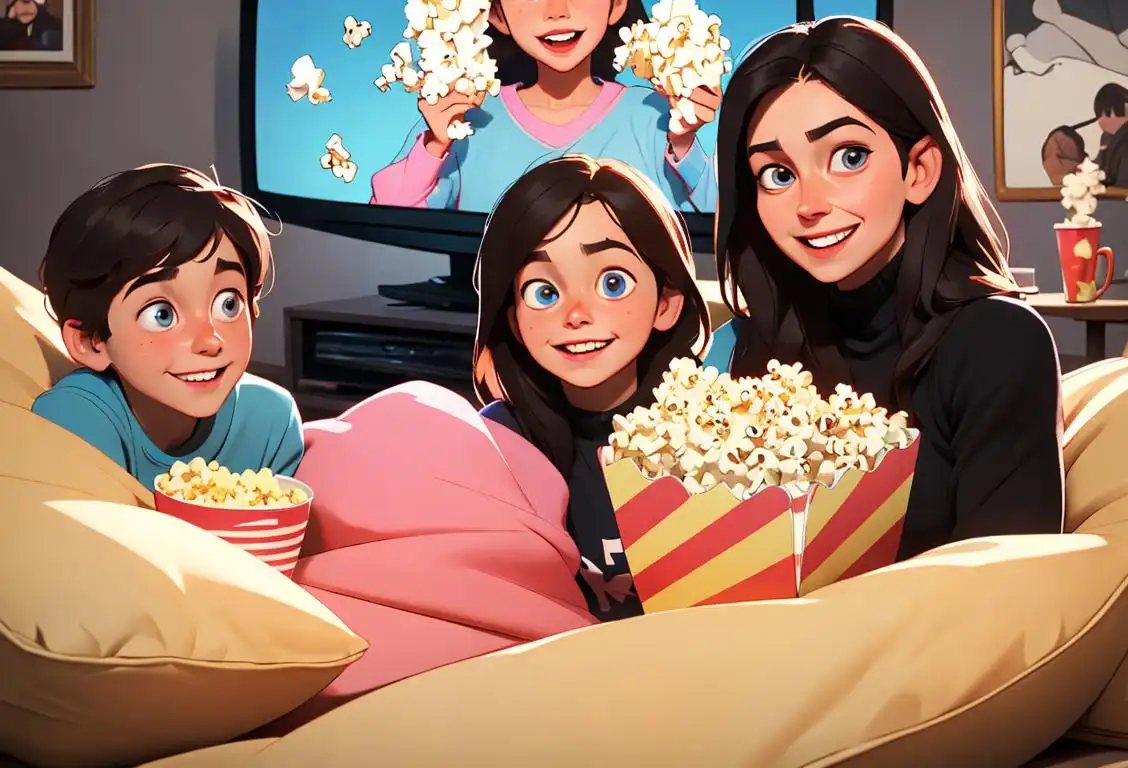National Cartoon Day
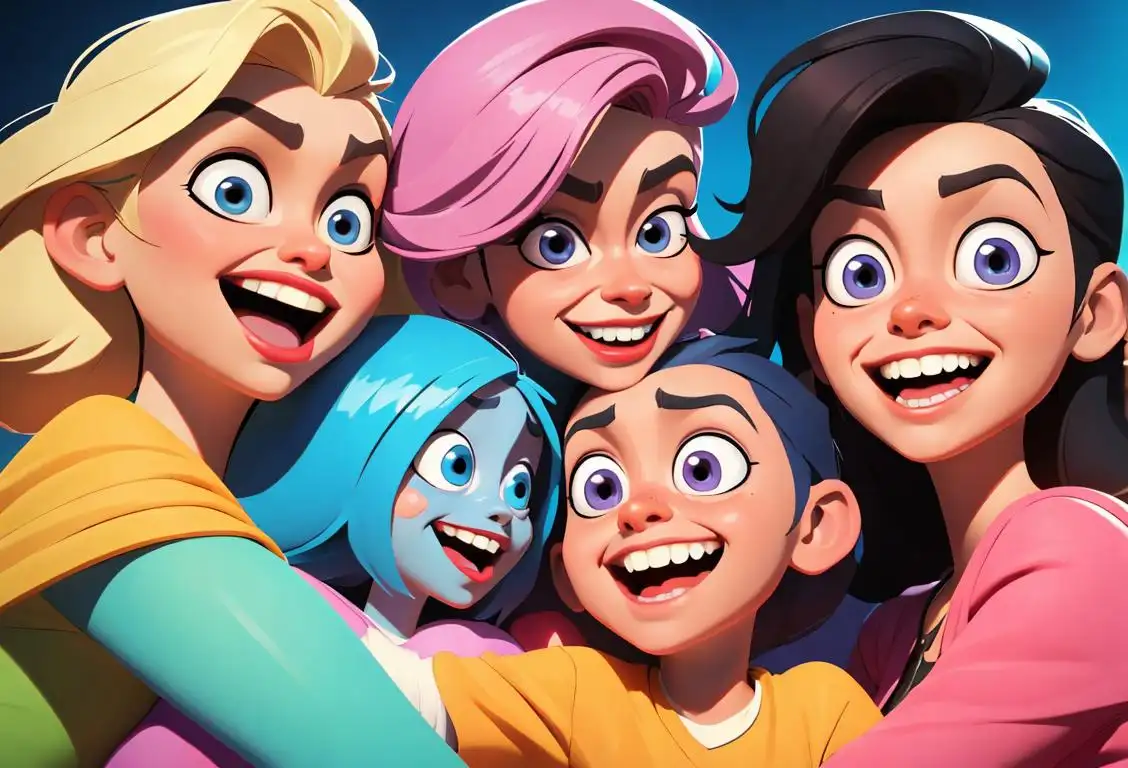
Welcome, cartoon enthusiasts! Get ready to celebrate National Cartoon Day, a day dedicated to the art of animated fun and laughter. Whether you're a fan of classic cartoons or obsessed with the latest animated shows, this day is all about embracing the colorful world of animated entertainment. So, grab a bowl of popcorn, kick back, and let's dive into the fascinating history of National Cartoon Day!
When is Cartoon Day?
It's national cartoon day on the 18th September.
The Origins of National Cartoon Day
While cartoons have been a staple of entertainment for decades, National Cartoon Day is a relatively new addition to the calendar. The internet played a significant role in popularizing this day, allowing cartoon enthusiasts from around the globe to connect and share their favorite animated moments.
The first documented mention of National Cartoon Day appeared online on September 18th, 2018. Cartoon-loving netizens took to social media to express their love for their beloved animated characters and demanded a day to honor the art of cartoons. Their passion sparked a movement, and National Cartoon Day was born.
History behind the term 'Cartoon'
1843
Birth of the Term
The term 'cartoon' was first introduced in 1843 by the British magazine Punch. It was originally used to describe humorous and satirical drawings or illustrations. The term was derived from the Italian word 'cartone', meaning a large sheet of paper or cardboard used as the initial sketch for a painting or tapestry. The use of 'cartoon' in this context soon spread throughout the English-speaking world.
1908
Animation Takes Center Stage
In 1908, Émile Cohl, a French cartoonist, created the first animated film called 'Fantasmagorie'. This marked a significant milestone in the evolution of cartoons. The film employed a series of hand-drawn images to create the illusion of motion, pioneering the art of animation. Cohl's work inspired other artists to explore the possibilities of animated storytelling.
1919
The Birth of Walt Disney Studios
In 1919, Walt Disney and his brother Roy founded the Disney Brothers Studio, which later became known as Walt Disney Studios. Disney's iconic character, Mickey Mouse, made his debut in the animated short film 'Steamboat Willie' in 1928. This marked the beginning of Disney's unparalleled success in the animation industry and the widespread popularity of animated cartoons.
1930
The Golden Age of Animation
The 1930s witnessed the rise of famous animated cartoon characters such as Betty Boop, Popeye, and Donald Duck. The Golden Age of Animation saw the development of sound synchronization in cartoons, bringing characters to life with dialogue and music. This era also saw the emergence of animation studios like Warner Bros. and MGM, producing high-quality animated films and cartoons.
1950
The Evolution of Television Cartoons
The 1950s marked a significant shift in the production and consumption of cartoons as television became a popular medium. Cartoon series such as 'The Flintstones' (1960) and 'The Jetsons' (1962) became beloved staples of television programming. Cartoons transitioned from the silver screen to the small screen, capturing the hearts of audiences around the world.
1990
The Digital Revolution
The 1990s brought about a revolution in cartoon production with the advent of computer-generated imagery (CGI). Films like 'Toy Story' (1995), the first full-length CGI-animated feature film, showcased the limitless possibilities of this technology. CGI allowed for intricate and visually stunning animations, pushing the boundaries of storytelling in cartoons.
2006
The Rise of Online Cartoons
With the widespread availability of the internet, online platforms became a new avenue for cartoon creators to showcase their work. Websites like YouTube provided a platform for aspiring animators to share their cartoons with a global audience. This led to the rise of online cartoon series, bringing diverse and innovative content directly to viewers' screens.
Did you know?
Did you know that the longest-running animated television series is 'The Simpsons'? It has been on air since December 17th, 1989, and has become a cultural phenomenon worldwide!Tagged
fun entertainmentFirst identified
18th September 2018Most mentioned on
18th September 2018Total mentions
24Other days
Tv Every Day
Television Show Day
Ten Day
Tv Station Rounded Up News Session For The Day
Twilight Zone Day
Best Dick Day
Video Games Day
Sport Day
Podcast Day
Tv Day
